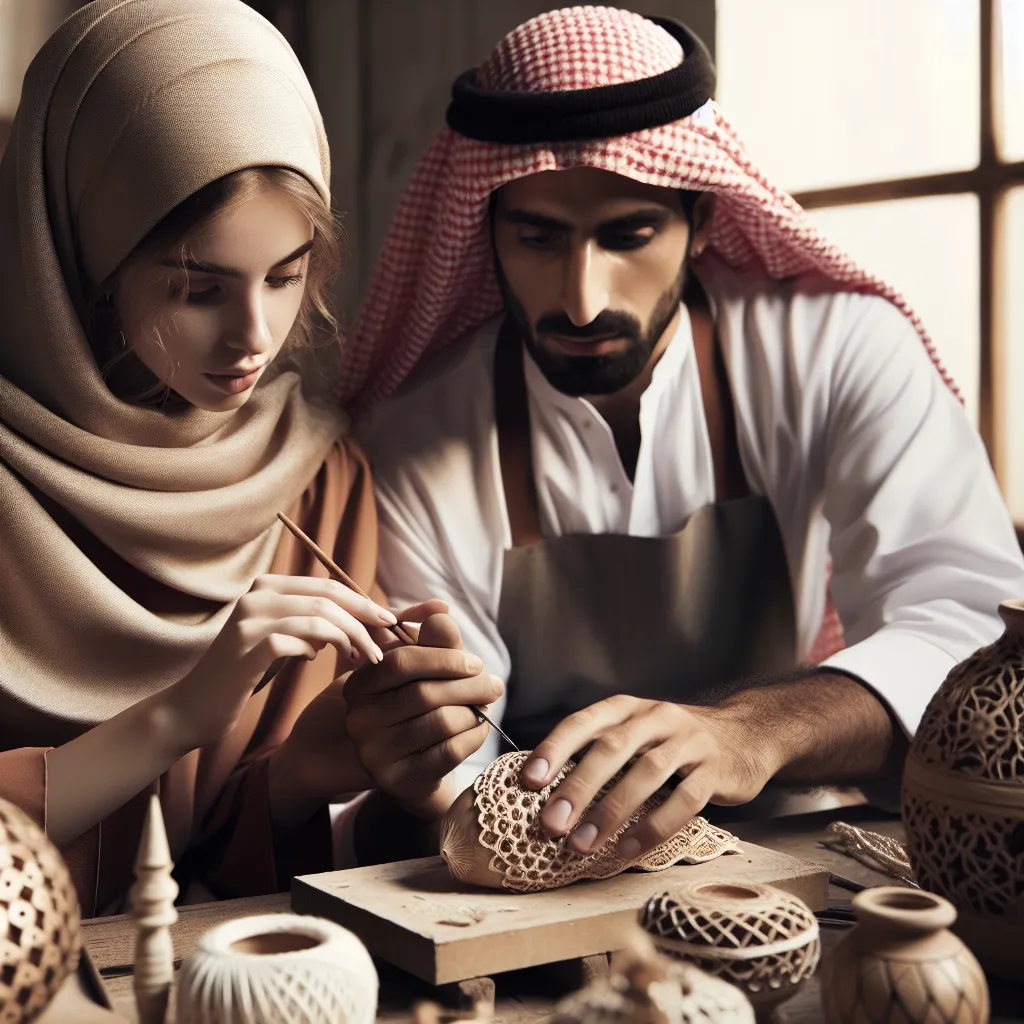The History of Handmade Crafts
Handmade crafts have been an integral part of human history, with their origins tracing back to ancient civilizations. The history of handmade crafts is a testament to the creativity, skill, and ingenuity of artisans throughout the ages. From the intricate pottery of the Mesopotamians to the delicate lacework of the Renaissance era, handmade crafts have held a special place in societies around the world.
The tradition of handmade crafts has evolved over time, adapting to the changing needs and preferences of each era. During the Industrial Revolution, there was a shift towards mass production, leading to a decline in the appreciation for handmade items. However, the Arts and Crafts movement of the late 19th century sparked a renewed interest in traditional craftsmanship and the value of handmade goods.
In the modern world, the history of handmade crafts continues to thrive, with a resurgence of interest in unique, handcrafted items. Artisans and craftspeople are preserving traditional techniques while also incorporating contemporary elements into their work, appealing to a new generation of consumers seeking authenticity and individuality.
The history of handmade crafts is a rich tapestry of human innovation and artistry, reflecting the diverse cultural heritage and craftsmanship of different societies. As we celebrate the time-honored tradition of handmade crafts, we recognize the enduring legacy of artisans who have contributed to this timeless craft throughout history.
The Artisan’s Process: Creating Handmade Crafts
Handmade crafts have been a timeless tradition that continues to thrive in our modern world. The artisan’s process of creating handmade crafts is a labor of love that involves skill, creativity, and dedication. Every piece is meticulously crafted by hand, making each item a unique work of art.
The artisan begins by carefully selecting the finest quality materials, whether it’s wood, fabric, metal, or any other medium. The attention to detail in choosing the raw materials sets the foundation for a high-quality handmade product. Once the materials are chosen, the artisan employs traditional techniques and modern skills to shape and form the raw materials into exquisite pieces.
From woodworking and pottery to knitting and jewelry making, each craft has its own intricate process that reflects the artisan’s expertise. Patience and precision are key as the artisan hones their craft, ensuring that every stitch, cut, or brushstroke is executed with utmost care.
Furthermore, the artisan’s process often involves a deep understanding of the cultural and historical significance of their craft. Whether it’s honoring age-old traditions or infusing contemporary influences, the artisan’s process is a delicate balance of preserving heritage and embracing innovation.
In a world inundated with mass-produced goods, the artisan’s process of creating handmade crafts stands as a testament to the value of unique, handcrafted items. Each handmade piece tells a story, carrying with it the essence of the artisan’s dedication and passion for their craft.
As we celebrate the enduring legacy of handmade crafts, it’s important to recognize the artisan’s process as the heart and soul of this cherished tradition. Through their creativity and skill, artisans continue to enrich our lives with timeless treasures that embody the beauty of handmade craftsmanship.
The Revival of Handmade Crafts in the Digital Age
In today’s fast-paced digital world, the revival of handmade crafts has emerged as a nostalgic and cherished tradition. Despite the convenience of mass-produced goods, there is a growing appreciation for the authenticity and uniqueness inherent in handmade crafts. The digital age has played a pivotal role in fostering this revival, providing artisans with online platforms to showcase and sell their creations to a global audience. Through social media, online marketplaces, and crafting forums, artisans are able to connect with like-minded individuals, share their work, and garner support.
Additionally, the resurgence of handmade crafts can also be attributed to a desire for sustainability and ethical consumption. As consumers become more conscious of the environmental impact of mass production, they are turning towards handcrafted goods as a more sustainable alternative. This shift in consumer mindset has fueled the demand for handmade crafts, encouraging artisans to hone their skills and find innovative ways to meld traditional techniques with contemporary designs.
Furthermore, the digital age has not only provided a platform for artisans but has also equipped them with valuable resources for learning and honing their craft. Online tutorials, virtual workshops, and educational videos have made it easier for aspiring creators to delve into the world of handmade crafts. This accessibility has empowered individuals to explore their creativity and contribute to the renaissance of artisanal work.
In conclusion, the revival of handmade crafts in the digital age signifies a harmonious blend of tradition and technology. As artisans harness the power of online connectivity to showcase their creations and reach a global audience, the timeless tradition of handmade crafts continues to thrive in the modern world.
Exploring the Impact of Handmade Crafts on Contemporary Culture
Handmade crafts have been a timeless tradition passed down through generations, embodying the creativity and artistry of individuals. In today’s modern world, these traditional crafts still hold significant value, with their impact on contemporary culture being profound and multifaceted.
One key aspect of the impact of handmade crafts on contemporary culture is the preservation of cultural heritage. Many traditional craft techniques and materials are deeply rooted in specific cultures and regions, serving as a tangible link to the past. By creating and showcasing these crafts, artisans not only keep these traditions alive but also contribute to a deeper understanding and appreciation of diverse cultural heritages.
Furthermore, handmade crafts offer a counterbalance to the mass-produced, disposable nature of modern consumer culture. In a world dominated by uniformity and convenience, handmade crafts stand out for their uniqueness, quality, and the personal stories they carry. This resurgence of interest in artisanal, handcrafted goods reflects a growing desire for authenticity and meaning in a fast-paced, technology-driven society.
Additionally, the impact of handmade crafts extends to the sustainability movement, as more consumers seek ethically produced and environmentally friendly alternatives. By embracing handmade crafts, individuals can reduce their reliance on mass-produced, resource-intensive products, thereby supporting a more sustainable and ethical approach to consumption.
In conclusion, exploring the impact of handmade crafts on contemporary culture reveals a deep-seated appreciation for tradition, authenticity, and sustainability. In a world constantly evolving with technological advancements, the enduring presence of handmade crafts serves as a testament to the timeless value of human creativity and craftsmanship.




